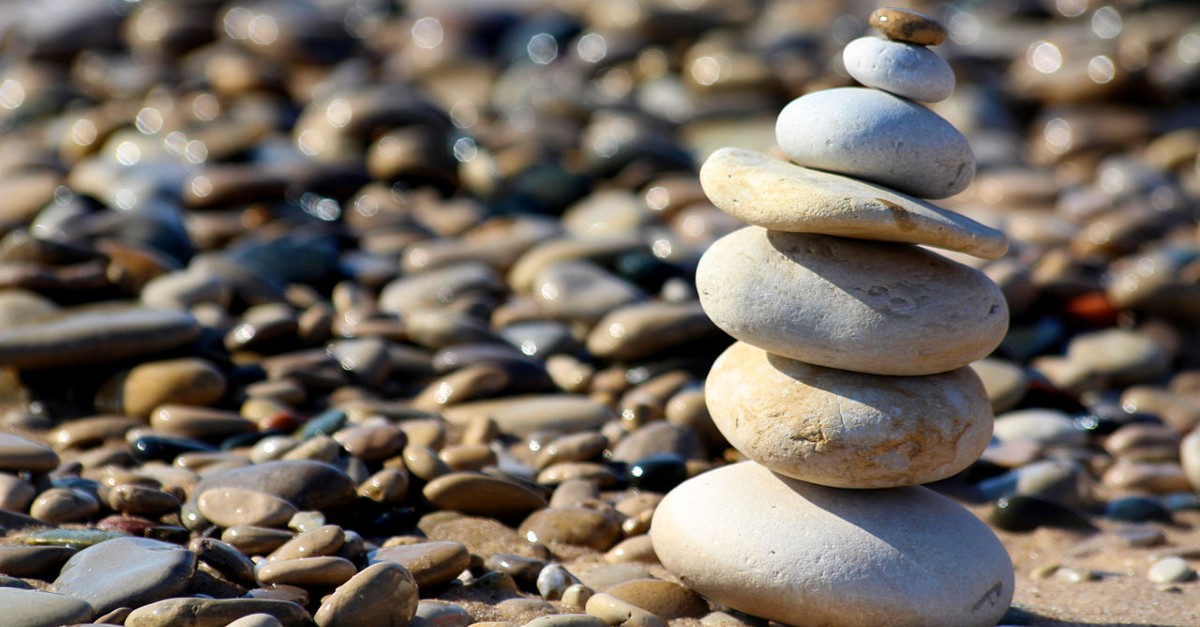I consider myself an avid reader. Especially now, with the winter winds starting to race, there’s nothing I love more than sitting down with a good book and a nice cup of tea. I’m particularly fond of books that make us stop and consider the everyday things in our life. How does swimming effect our psychology? Why do we call it a drawing room? Are the plants and trees in my backyard more complicated than I first believed?
The act of reflection can be a powerful thing. In fact, I believe one of the reasons book clubs are so popular is because they give us a chance to share and examine the ideas we just read. Unfortunately, reflection appears to be something of a dying art. We live in a society which often moves at the speed of light. We’re inundated by new information every day and can rarely process it before another round of data comes crashing over us. The result is that we’re no longer approaching our world (or each other) with the same depth and understanding.
Stop and Think
The American educator John Dewey once said, “We do not learn from experience, we learn from reflecting on experience.” For students, that act of reflection is synonymous with the act of learning. They need time to examine and play with the information they’re given. As such, it’s important that we create space for this throughout the school day. I know that the life of a teacher is outrageously busy, but there are a few simple strategies we can implement to foster reflection in our lessons.
- Three New Things: At the end of each school day, have your students shout out three new things they learned that day. It can be a new skill they acquired or a fun bit of trivia they picked up in one of their lessons. This general moment of recollection can help refresh student memory and jeep the engagement alive. Feel free to invites students up to demonstrate their new skill or ask questions to expand on their new knowledge.
- Reflection Journals: Give your students a reflection journal and let them spend a few minutes each day reflecting on their questions, wonderings, and observations. A reflection journal can also help them keep track of their goals for the year. By simply giving them time with their thoughts, you can strengthen their retention and observation skills.
- Peer Review: An old strategy, but a solid one nonetheless. Have students break into pairs and review each other’s work. Peer reviews can be difficult for some students, so have them share one thing their partner did well and one thing that could use improvement. This strategy works great when reviewing homework, practicing presentations, or navigating projects.
- Quiz Corrections: After a test or quiz, give students the opportunity to review their work and correct mistakes for partial credit. For example, one teacher allowed students to choose three problems they got wrong. If the student explained their mistakes, corrected the problems, and explained why the new solution was correct, they would get one point of extra credit. This approach helps students realize that failure is just another opportunity to learn!
Begin Again
Reflection can take many forms within the classroom, but each moment is an indispensable part of education. As teachers, we should always encourage our students to ponder any questions and wondering that give them pause. When we do, we create classrooms where curiosity, creativity, and critical thinking can thrive.
Looking for more resources to take the burden off your classroom this year? Be sure to check out our free strategies and lessons at Blueappleteacher.com!
*Image courtesy of LadyDragonflyCC via Wikimedia Commons.

